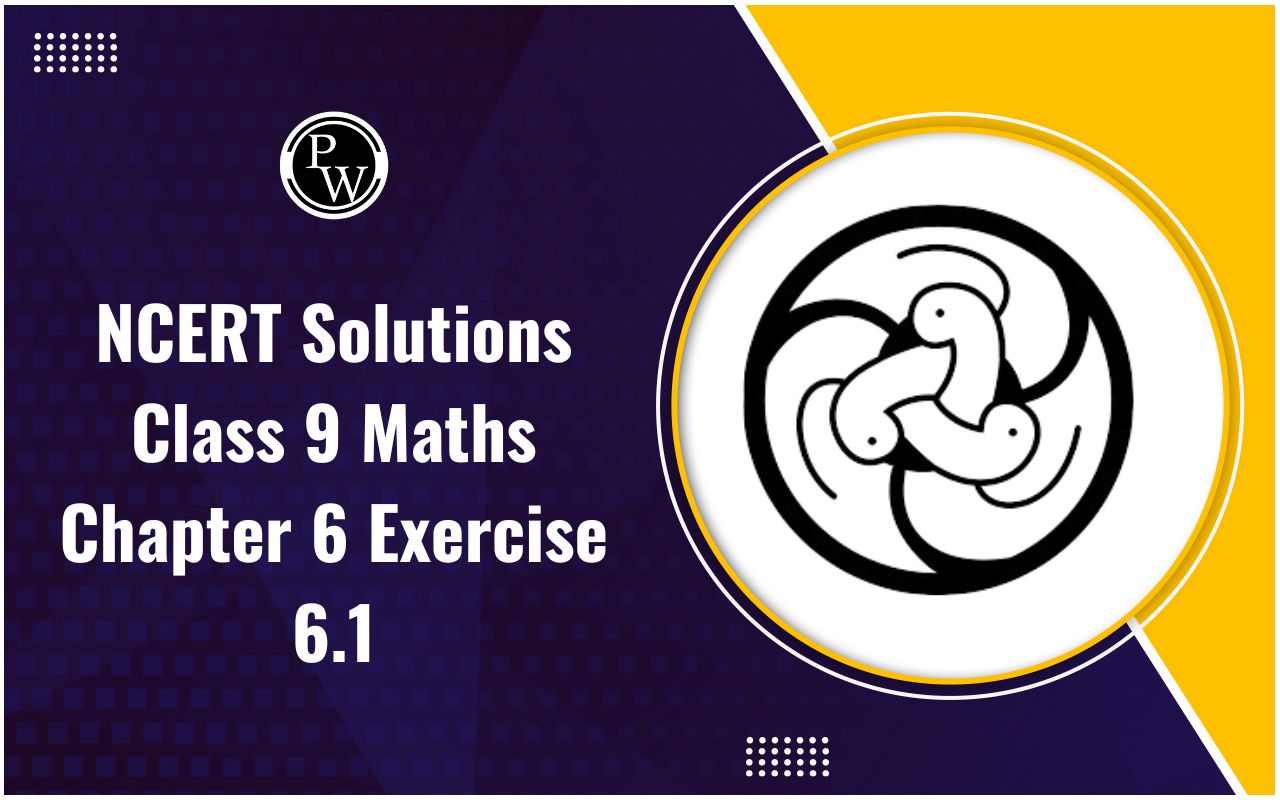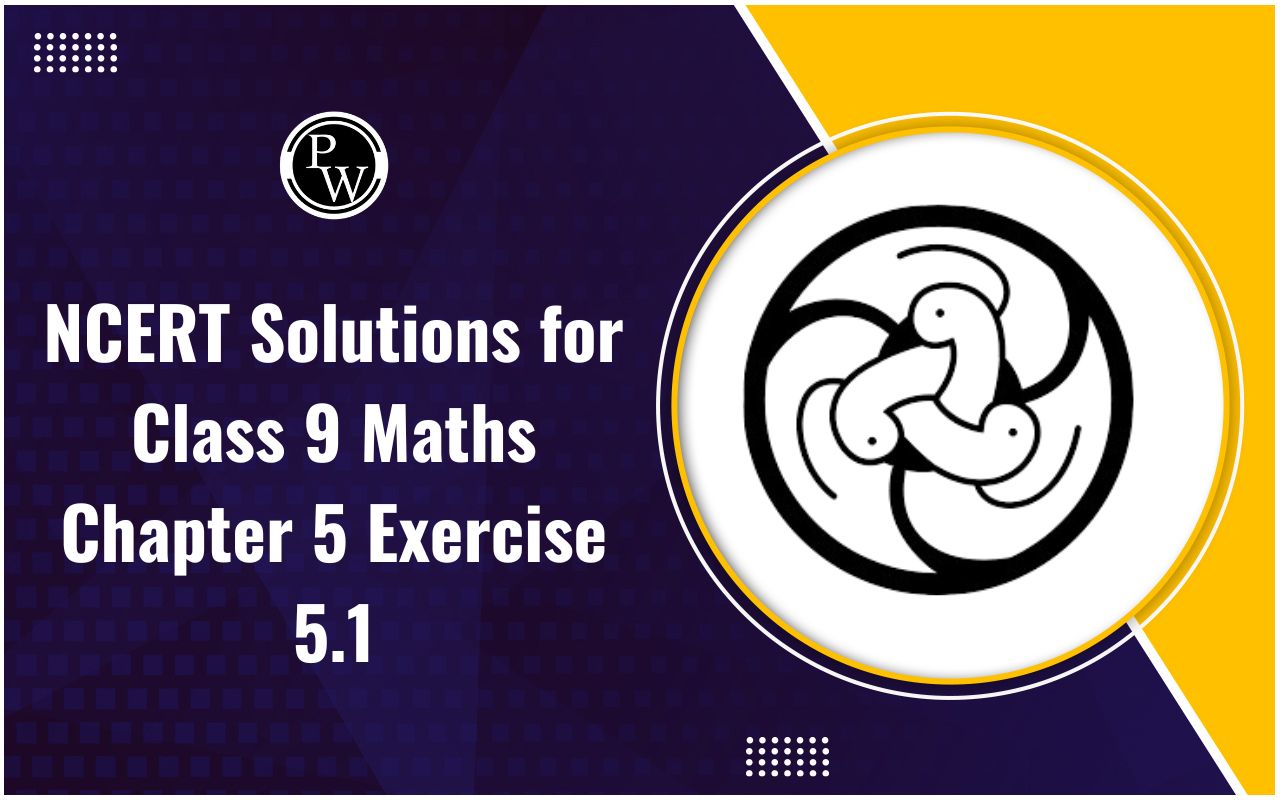

Important Questions Class 9 Science Chapter 10: Chapter 10 Work and Energy in Class 9 Science is very important because it teaches basic ideas that are used in physics and in everyday life.
This chapter helps students understand what work and energy are, and how they are connected. Studying this chapter not only helps in exams but also prepares students for more advanced science topics. By practicing these questions students can improve their understanding and problem-solving skills.Important Questions Class 9 Science Chapter 10 Overview
The important questions for Class 9 Science Chapter 10 Work and Energy has been prepared by subject experts of Physics Wallah. These questions are created to cover all key concepts of the chapter, including the definition of work, types of energy, power and the law of conservation of energy. By practicing these questions, students can strengthen their understanding of the chapter, improve their problem-solving skills and ensure they are well-prepared for their exams. These solutions provide clear and easy explanations helping students grasp the fundamental ideas with ease.Important Questions Class 9 Science Chapter 10 PDF
The PDF link for the Important Questions of Class 9 Science Chapter 10 Work and Energy is available below. These questions are designed to help students thoroughly revise the chapter and prepare effectively for their exams. The PDF is a useful resource for practicing and enhancing problem-solving skills in an organized and structured manner.Important Questions Class 9 Science Chapter 10 PDF
Important Questions Class 9 Science Chapter 10 Work and Energy
Here we have provided Important Questions Class 9 Science Chapter 10 Work and Energy-Very Short Answer Questions
Q.1. When is work said to be done?
Ans: Work is said to be done when a force acts on an object and moves it in the direction of the force.
Q.2. What is the expression for work done when a force acts on an object in the direction of its motion?
Ans: The expression for work done is:
W=F×D where WW is work done, FF is the force applied, and dd is the displacement.Q.3. Explain 1 joule of work done.
Ans: 1 joule of work is done when a force of 1 newton moves an object 1 meter in the direction of the force.
Q.4. What is 1 watt of power?
Ans: 1 watt of power is when 1 joule of work is done in 1 second.
Q.5. An object is thrown at an angle to the ground, moves along a curve, and falls back to the ground. If the start and end points are at the same horizontal line, how much work is done by gravity?
Ans: Since the vertical displacement is zero (start and end points are at the same level), the work done by gravity is zero.
Q.6. How does the state of energy change when a battery lights up a bulb?
Ans: The chemical energy of the battery is converted into heat and light energy in the bulb.
Q.7. An object weighing 10 kg is moved horizontally from point A to point B. What work does gravity do?
Ans: Since there is no change in vertical height, the work done by gravity is zero.
Q.8. The potential energy of an object decreases during free fall. Does this violate the law of conservation of energy?
Ans: No, because the potential energy is converted into kinetic energy, so the total energy remains conserved.
Q.9. What energy conversion occurs when riding a bicycle?
Ans: Muscle energy is converted into mechanical energy.
Q.10. Does energy transfer occur when you push a huge rock with all your strength without moving it? Where does the applied energy go?
Ans: No energy is transferred as no displacement occurs. The energy is used for muscle contraction and heat production (sweating).
Q.11. What happens to the kinetic energy of a free-falling object when it hits the ground?
Ans: The kinetic energy is transferred to the ground.
Q.12. A large force acts on an object, but its displacement is zero. What is the work done?
Ans: The work done is zero because there is no displacement.
Q.13. Differentiate between kinetic and potential energy.
Ans:
| Kinetic Energy | Potential Energy |
|---|---|
| 1. Energy possessed by an object due to its motion. | 1. Energy possessed by an object due to its position or state. |
| 2. It depends on the mass and velocity of the object. | 2. It depends on the mass, gravity, and height of the object. |
| 3. Example: A moving car has kinetic energy. | 3. Example: Water stored in a tank has potential energy. |
Ans: Energy cannot be created or destroyed, only transformed from one form to another. The total energy in the universe remains constant.
Q.15. What will happen to the work done?
Ans: When work is done to lift an object, that energy is stored as gravitational potential energy. If the object is released, the potential energy converts back into kinetic energy as it falls.
Q.16. Why does a pendulum eventually stop swinging? Does it violate the law of conservation of energy?
Ans: The pendulum eventually stops due to friction (air resistance and friction at the point of suspension). This energy is converted into heat and sound, but it does not violate the law of conservation of energy. The total energy is conserved, though it changes form.
Q.17. What does the unit of electrical energy mean? When the meter displays 400 energy units, how much energy is consumed in joules?
Ans: The unit of electrical energy commonly referred to in household energy meters is the kilowatt-hour (kWh). One kilowatt-hour represents the amount of energy consumed when an electrical device operates at 1 kilowatt of power for 1 hour.
Important Questions Class 9 Science Chapter 10 FAQs
What is energy?
What is potential energy?
How are work and energy related?
What is the principle of conservation of energy?
What is mechanical energy?












